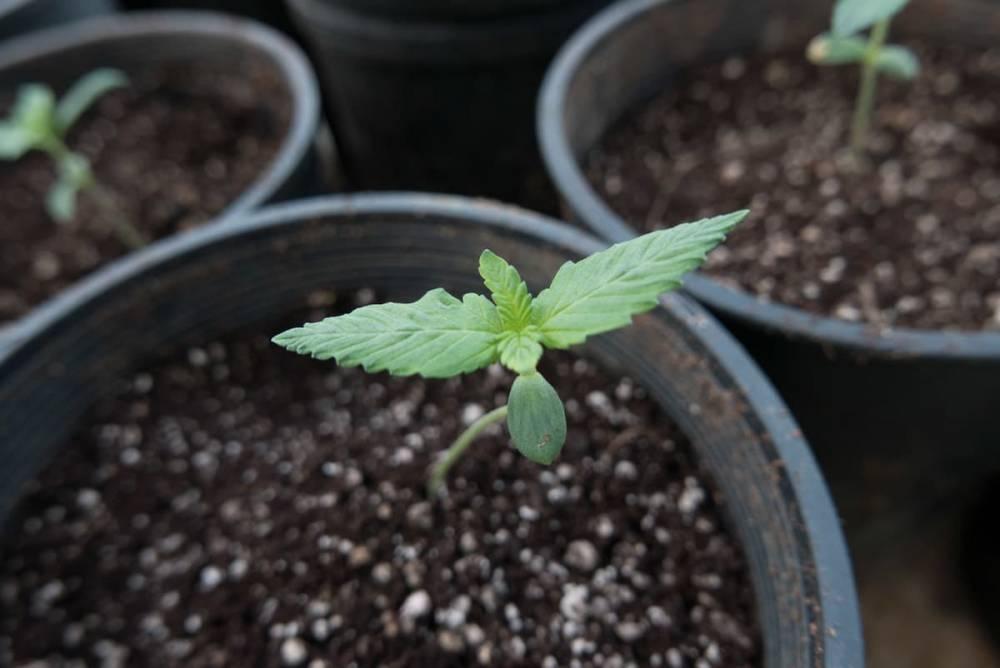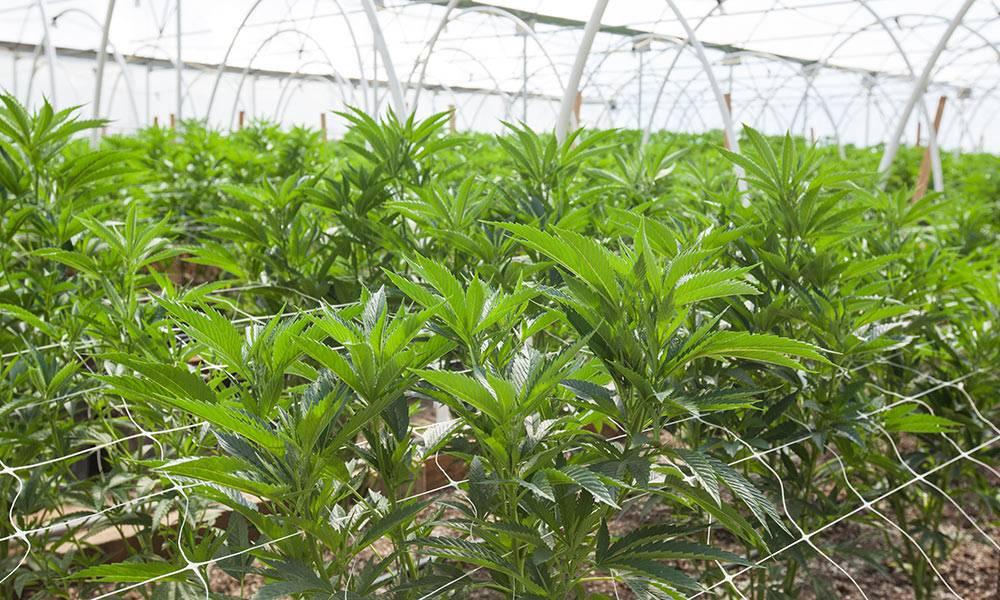Growing with Seeds vs. Clones
May 19, 2021

By Dante Jordan
When starting a cannabis garden, you have two options: start with seeds or start with clones. Both have their advantages and disadvantages, so ultimately, it comes down to a grower’s personal preference, experience, and confidence to know which is the right choice.
Let’s talk the pros and cons of growing cannabis from seeds versus clones.

The pros and cons of growing cannabis from seeds
Like everything in life, there’s some pros and cons of starting cannabis from seeds.
The pros of growing cannabis from seeds:
- Availability
- Seeds are always uncontaminated
- Seeds grow taproots
- Seeds allow you to phenohunt
The biggest advantage of using seeds is that you can obtain them from an infinite number of online sources. Additionally, fresh seeds haven’t been introduced to the environment, so they are completely free of pests and disease.
A tap root is the plant’s main root that grows straight down from a germinated seed. Essentially, they’re the backbone of the plant. Seeds grow sturdier taproots than clones that do not grow taproots at all. This allows for a greater yield in the long run.
Each seed produces a different representation of its genetics. These are called phenotypes. Growing from seeds allows the grower's choice of which variation is the best. This is called “pheno hunting.”
The cons of growing cannabis from seeds:
- Seeds cost money
- Your seeds might not germinate
- Seeds require a longer growth period
On the flip side, seeds cost money to keep buying versus clones that start free from a live plant. Additional limits of seeds is that they don’t always germinate or produce female plants. That means if you buy 10 seeds, probably half will be male, and you’ll have to grow and watch the plants carefully to get the males out of your garden ASAP. Lastly, growing has a longer growth period because you must go through both the germination and seedling stages.

The pros and cons of growing cannabis from clones
Growing cannabis from clones has its pros and cons too.
The pros of growing cannabis from clones:
- The plants are always female
- Faster growth process
- You don’t have to pheno hunt
- Clones are less expensive
The main advantage of growing cannabis from clones is that they are guaranteed to be females. You don’t have to watch for males sprouting, and additionally, you don’t have to go through the seedling stages, which makes for a much faster harvest timeline. Another advantage of clones is that you don’t have to pheno hunt. With a perfect mother, you can keep producing that exact expression of the strain without variation. Lastly, clones are less expensive because you just need a cutting of the mother plant versus needing to buy seeds from a dispensary or seed bank.
The cons of growing cannabis from clones:
- Illegal to buy online
- Vulnerable to environmental stressors
- Lower yields
Conversely, there are some disadvantages to growing from clones. For one, it’s illegal to buy clones online so that limits you to whatever genetics the dispensary or a friend has. Additionally, the lack of a taproot makes clones weaker and more vulnerable to environmental pests and sickness. This is why clones are best left to experienced growers that know how to manage their volatility. If your cuttings are sick, so will be the flowers your plant’s grow (or don’t grow). Lastly, clones lacking a taproot also leads to a smaller plant with lower yields.

How to select healthy cannabis clones
If you go the clones route, it’s imperative that you select healthy clones to work with. This mostly comes down to an eye test. A few things to look for are strong, white roots in the bottom of them. Brown roots signify a weak plant that may be on its way to the afterlife. Additionally, take a close look at the plant’s coloring. If it’s yellow, the clone may be sick and frail; or if it has white spots that signify pests like spider mites, this is a clone you shouldn’t introduce to your garden.

Tips of germinating cannabis seeds
If you choose the seeds route, the paper towel method is your best best for getting those seeds to pop. Fold a paper towel in half, then put the seeds between it. Spray the top with water and then put them in a freezer bag, or between two plates. Then sit the bag/plates in a dark cabinet for a couple of days, and after a while, those seeds should pop out with a baby taproot.
Tips for getting seedlings transplanted into soil
Seedlings are extremely fragile and prone to damage, so handle them with care when transplanting into soil. The most important part of transplanting seedlings into soil is to space them out so the plants’ roots can have enough room to stretch. This avoids them becoming tangled up, otherwise known as rootbound.
When transplanting seedlings into soil, make sure to wash your hands and wear gloves so your dirty mitts don’t stress the plant, otherwise known as transplant shock. Spraying the seedlings with a sprinkle of water during the process, or watering them one or two days before, will also minimize transplant shock. Once you move those seedlings into the ground or containers, lightly pack the soil, fully water the plant, and pat yourself on the back.
Related Articles
 Super Soil Grows Dank Weed
Super Soil Grows Dank WeedIf you want to grow some fire outdoor cannabis at the crib, it all starts with the quality of the so...
 Indoor vs. Outdoor Cannabis Growing: What's Better?
Indoor vs. Outdoor Cannabis Growing: What's Better?The indoor vs outdoor cannabis debate is as old as The Beatles vs. The Rolling Stones. And truthfull...

